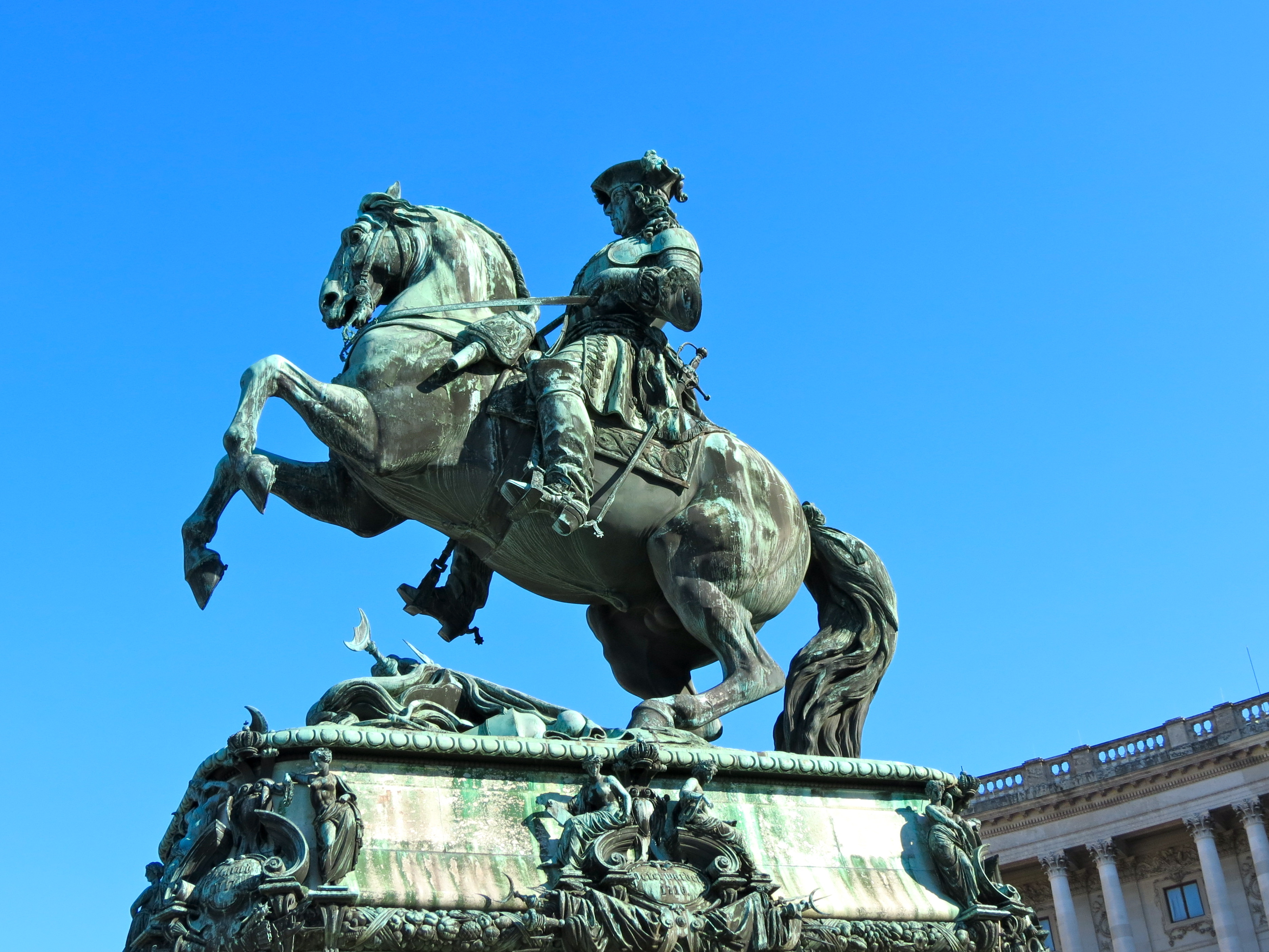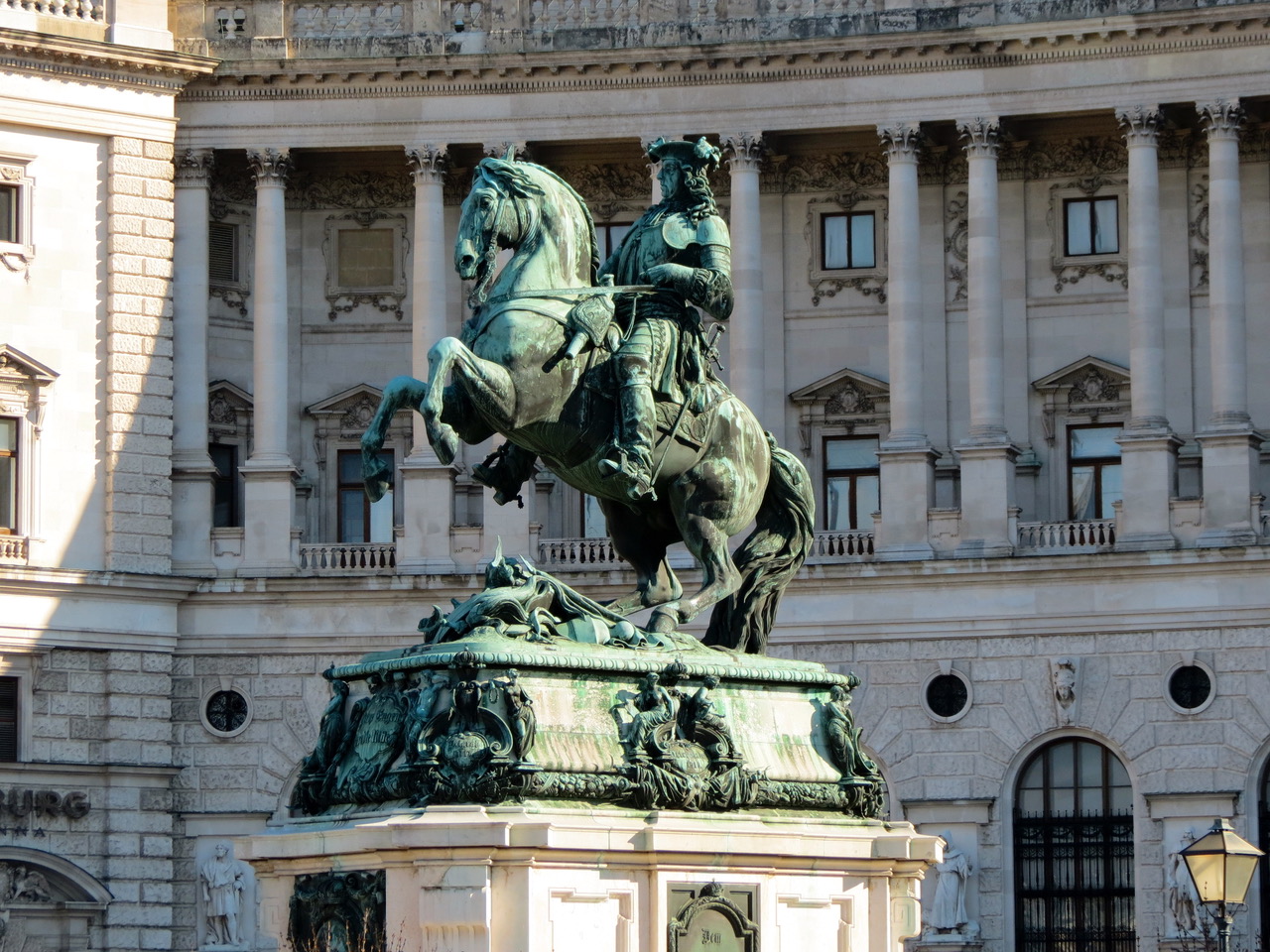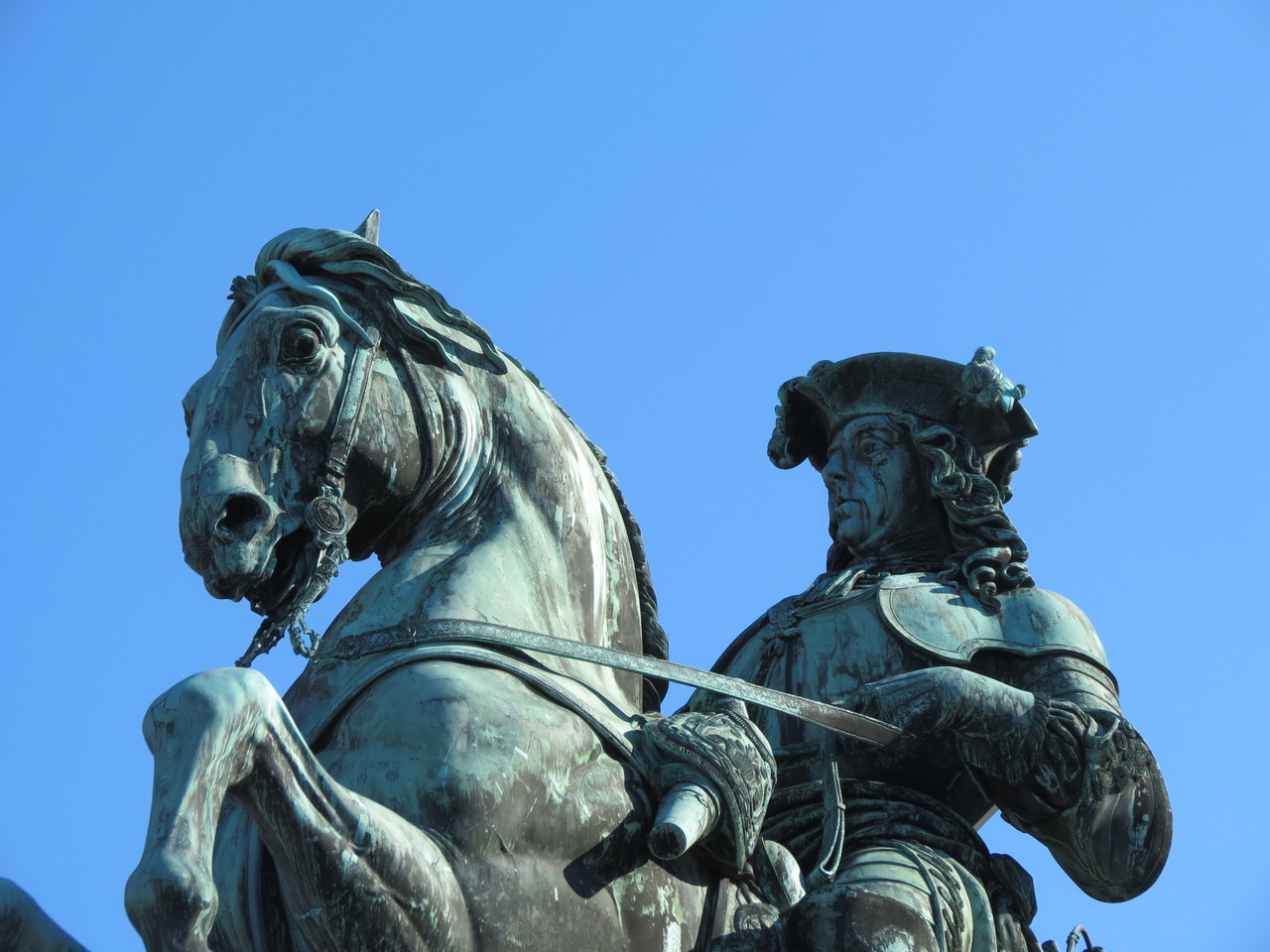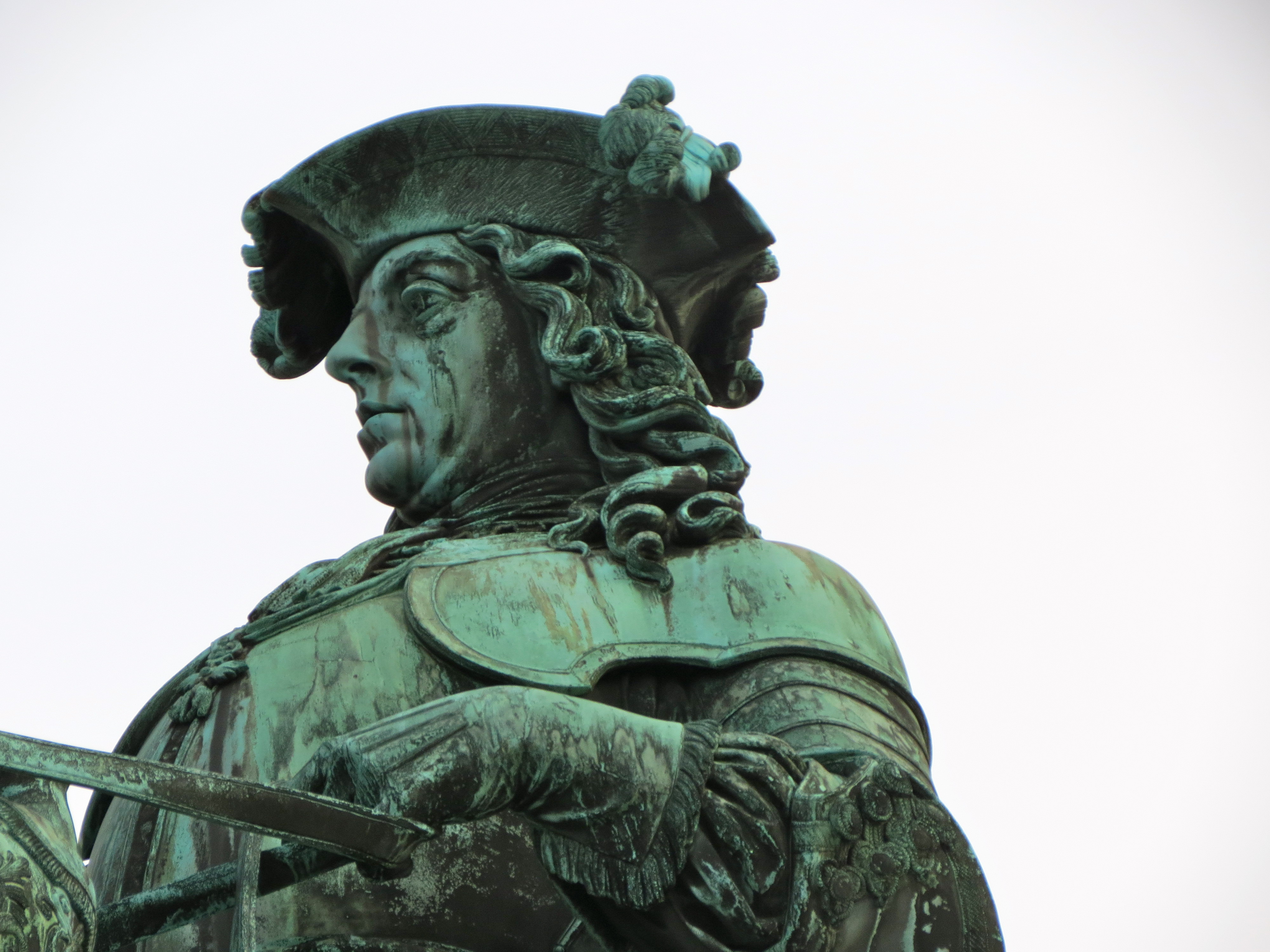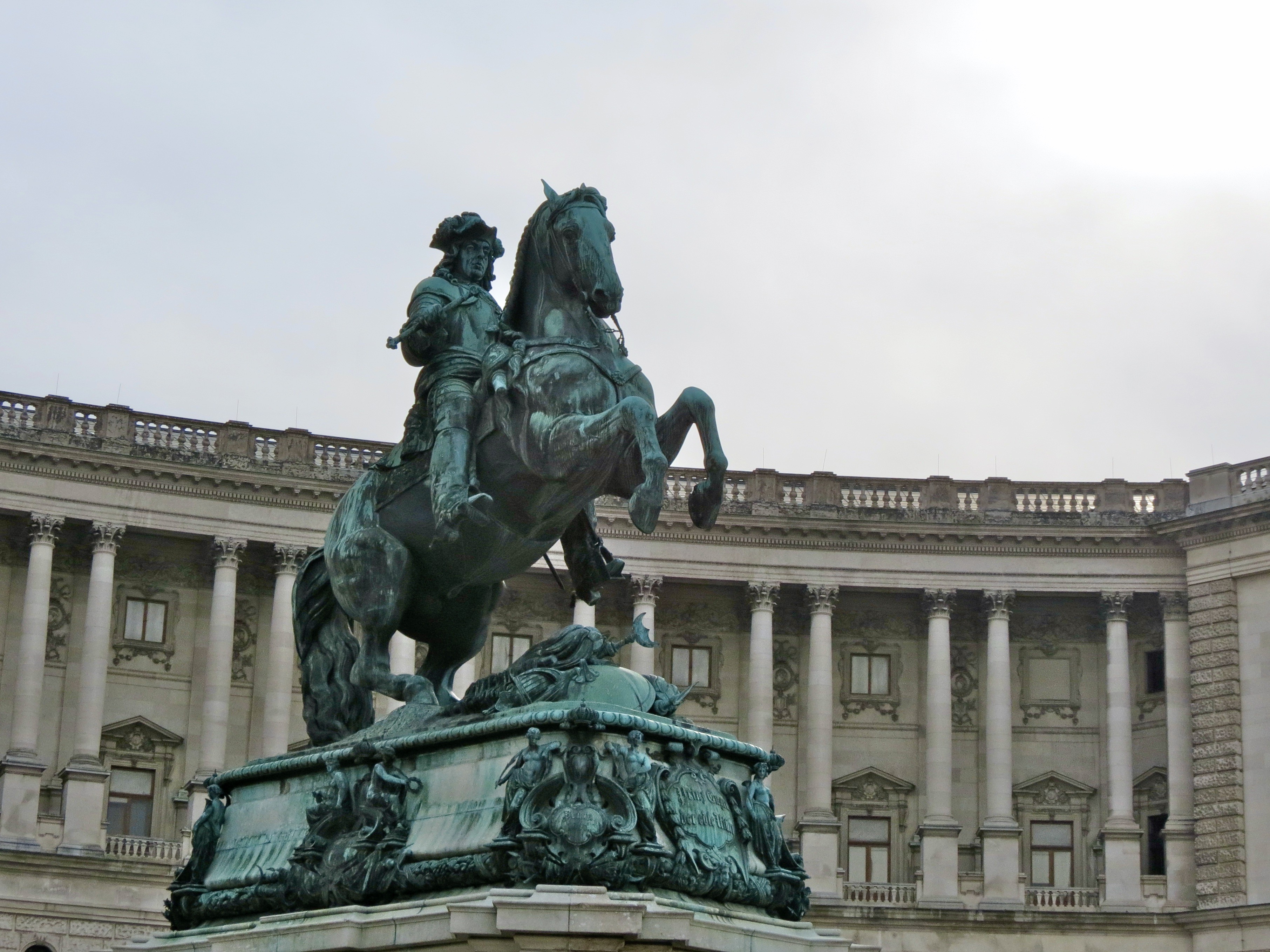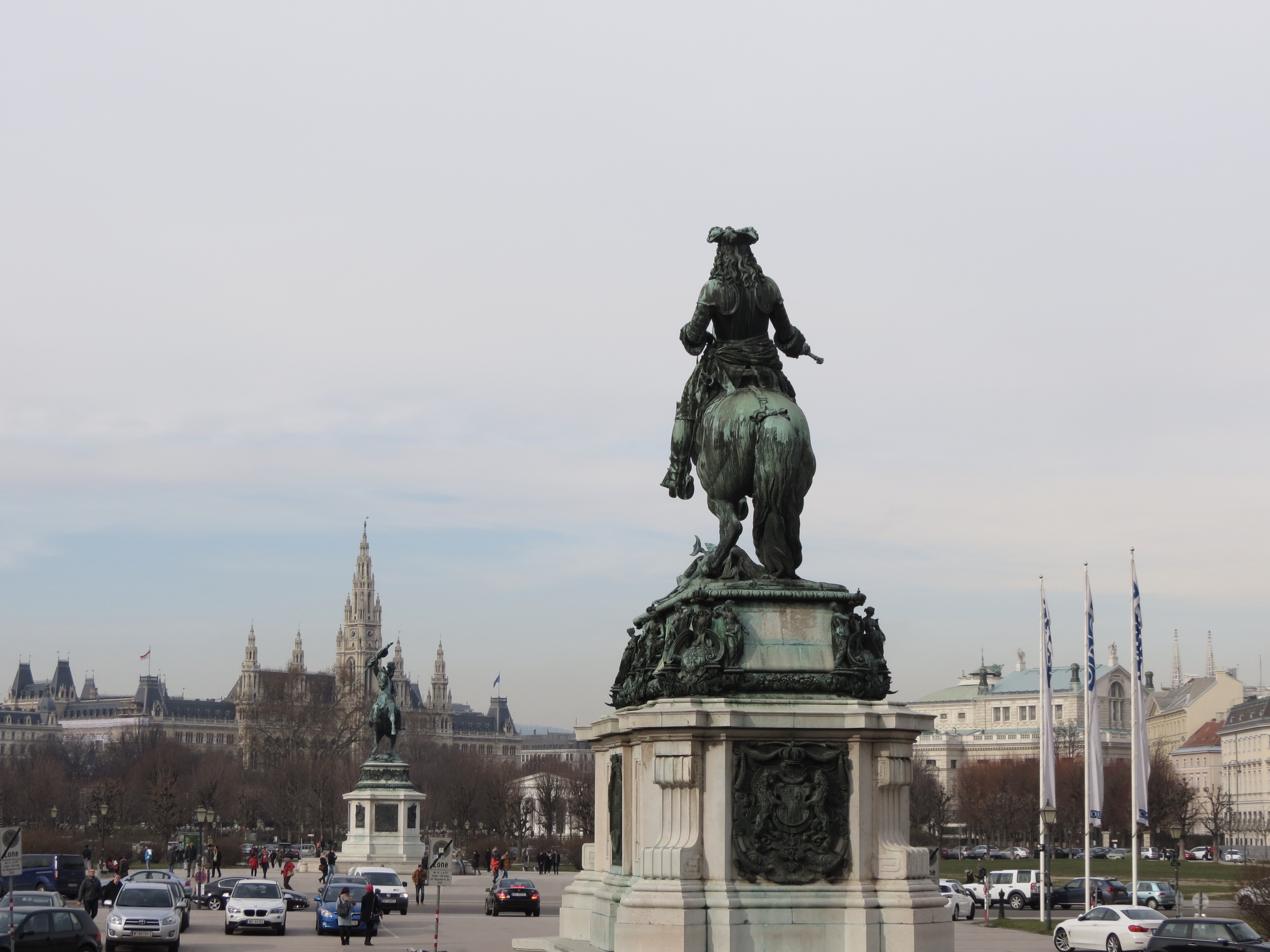- CountryAustria
- Town:Vienna
-
Year of creation:1865
- Rider(s):Savoy, Eugene of
(1663–1736), one of the most successful military commanders in modern European history, rose to the highest offices of state at the imperial court in Vienna. Born in Paris to aristocratic Italian parents, Eugene grew up around the French court of King Louis XIV, who rejected him for service in the French army. Eugene moved to Austria and transferred his loyalty to the Habsburg Monarchy. He secured his European-wide fame with a decisive victory against the Ottomans at the Battle of Zenta in 1697. Not only did he break the westward thrust of the Ottomans, liberating central Europe after a century and a half of Turkish occupation, but he also helped to save the Habsburg Empire from French conquest.
- Sculptor(s):Fernkorn, Anton Dominik
(1813 – 1878) was a German-Austrian sculptor. He was born in Erfurt, Thuringia and died in Vienna.
He rediscovered Baroque sculpture and used it as the basis for his equestrian statue of Archduke Charles (1859), who had defeated Napoleon at the Battle of Aspern in 1809. In this work Fernkorn skillfully executed the difficult task of creating a monumentally sized equestrian statue with the horse (and rider) successfully balanced on the horse’s two rear legs. His equestrian monument of Prince Eugene of Savoy is less successful and by the time of its unveiling in 1865, Fernkorn’s mental illness made it impossible for him to produce any more work.
